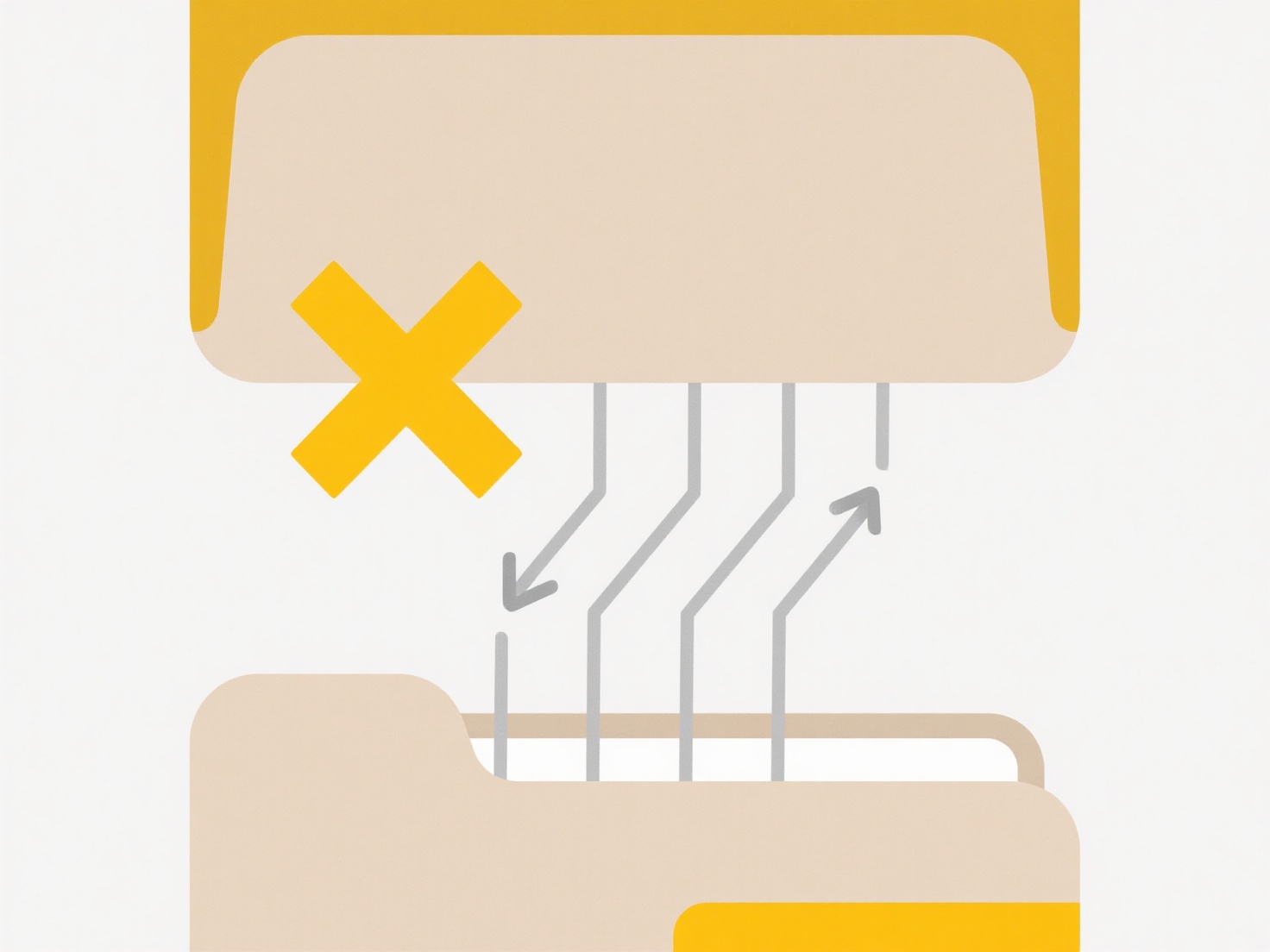
Near-identical files are multiple copies of a file that are almost the same, differing only slightly (like minor edits, version updates, metadata changes, or accidental duplicates). These unnecessary copies clutter storage, waste space, make organization difficult, and complicate finding the correct version. The core challenge is identifying and managing these files efficiently to maintain accurate records and avoid confusion.

Common examples include keeping dozens of nearly identical vacation photos from burst-mode shooting or managing multiple versions of a document draft saved with minor name changes (e.g., "Report_v1", "Report_Final", "Report_Final2"). In professional settings, collaborative tools like SharePoint or Git track revisions implicitly, but loose file collections (like project folders with many near-identical source files) still require manual deduplication strategies.
The key advantages of managing near-identical files are improved storage efficiency, reduced organizational overhead, and greater version accuracy. Key limitations involve the time-consuming nature of manual identification and the potential risk of deleting important variants mistakenly flagged as duplicates. Using automated deduplication tools can help, but requires caution to prevent accidental data loss. Future developments focus on smarter AI-powered tools to accurately differentiate between trivial changes and meaningful variations.
What should I do with near-identical files?
Near-identical files are multiple copies of a file that are almost the same, differing only slightly (like minor edits, version updates, metadata changes, or accidental duplicates). These unnecessary copies clutter storage, waste space, make organization difficult, and complicate finding the correct version. The core challenge is identifying and managing these files efficiently to maintain accurate records and avoid confusion.

Common examples include keeping dozens of nearly identical vacation photos from burst-mode shooting or managing multiple versions of a document draft saved with minor name changes (e.g., "Report_v1", "Report_Final", "Report_Final2"). In professional settings, collaborative tools like SharePoint or Git track revisions implicitly, but loose file collections (like project folders with many near-identical source files) still require manual deduplication strategies.
The key advantages of managing near-identical files are improved storage efficiency, reduced organizational overhead, and greater version accuracy. Key limitations involve the time-consuming nature of manual identification and the potential risk of deleting important variants mistakenly flagged as duplicates. Using automated deduplication tools can help, but requires caution to prevent accidental data loss. Future developments focus on smarter AI-powered tools to accurately differentiate between trivial changes and meaningful variations.
Quick Article Links
How to automate the renaming of files as they are downloaded or added?
How to automate the renaming of files as they are downloaded or added? Automated file renaming streamlines organizatio...
Can I unzip files on my phone?
Unzipping refers to extracting files from a compressed archive format like ZIP. Yes, you can unzip files on most modern ...
Can I share files between different cloud platforms?
File sharing between different cloud platforms, like transferring data from Google Drive to Dropbox or AWS to Azure, is ...